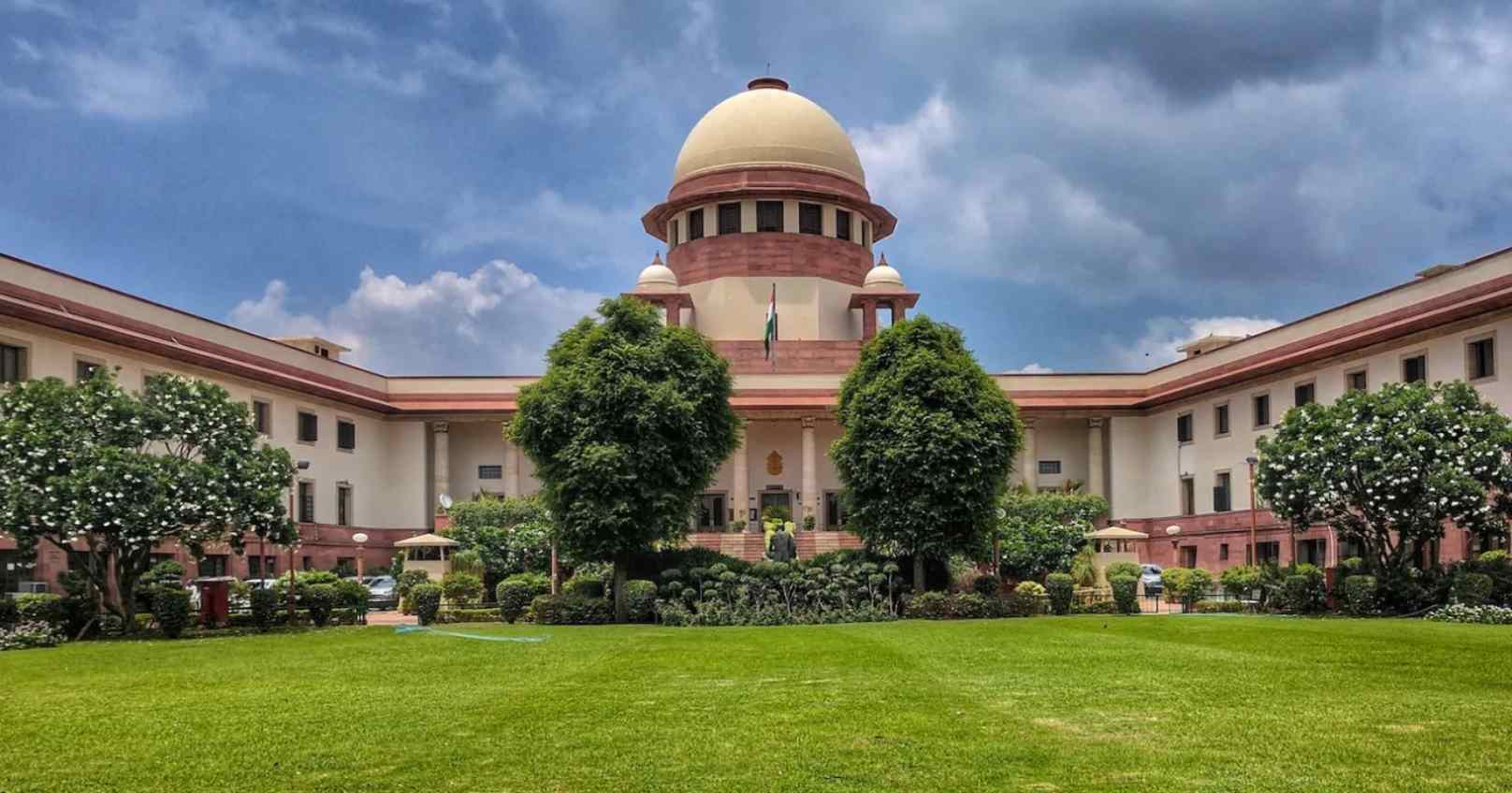Judges, Not Just Graduates: A Case For Courtroom Credibility
Litigation Before Adjudication-A Long Due Legal Mandate
28-05-2025Litigation Before Adjudication-A Long Due Legal Mandate
28-05-2025The glaring aspect that the eyes read but the brains miss out on is that the Supreme Court's recent mandate of three years’ practice before appearing for lower judiciary exams is not a new imposition, it is a restoration, not a revolution.
A Bench comprising Chief Justice B.R. Gavai, Justice Augustine George Masih, and Justice K. Vinod Chandran delivered a significant ruling in All India Judges Association v. Union of India, after framing eight issues for consideration. Among these, one pertained to the Limited Departmental Competitive Examination (LDCE), while the others related to eligibility criteria, promotion of meritorious candidates in the Civil Judge (Junior Division) cadre, the suitability test, and the requirement of a minimum number of years of legal practice. The Court mandated that candidates must possess a minimum of three years of legal practice to be eligible for the Civil Judge (Junior Division) examination, reinstating a rule that had been relaxed in 2002. This decision aims to ensure that aspiring judges acquire practical courtroom experience before assuming judicial responsibilities. Additionally, the Court directed that 10% of the posts in the Civil Judge (Senior Division) cadre be reserved for accelerated promotion of meritorious candidates through the LDCE mechanism, enhancing career progression opportunities within the judiciary.
Historically, the Indian judiciary has undergone a significant evolution, particularly in its entry pathways. During the British colonial period, Indians were largely excluded from the higher judicial ranks, especially positions in the Indian Civil Service (ICS), which were staffed by British officers. Until the late 19th century, Indians were not allowed to become District Judges or hold equivalent posts. The 1861 Indian High Courts Act allowed for the establishment of High Courts in Bombay, Calcutta, and Madras, but Indian participation in these courts was minimal and tightly controlled.
It was only after sustained demands and gradual reforms that Indians were allowed entry, mostly as Munsiffs or Subordinate Judges, and even then, preference was given to those who had spent time practicing law. In fact, for decades after independence, many states continued to require prior litigation experience for judicial recruitment. It was only with the massive expansion of the legal system post-1970s, and the urgency to fill lower court vacancies, that direct recruitment of fresh law graduates became the norm.
Today, over 20 states conduct their own Judicial Service Examinations, most of which until now did not require any court experience. According to a 2021 report by Vidhi Centre for Legal Policy, around 60–70% of lower court judges enter the judiciary without prior courtroom exposure. By contrast, in the higher judiciary, almost 98% of judges have a background in litigation, whether as practicing advocates or through years of experience in subordinate courts. This disparity raises vital questions about preparedness, practical wisdom, and institutional coherence.
It is often forgotten that they were never called “Judges” in the traditional sense. The title gained traction with time. But titles aside, how can one be a principal of a school without ever having taught as a teacher? MBBS graduates practice medicine before becoming medical faculty, yet, in law schools, faculty rarely step foot in courtrooms. This disconnect has long haunted the legal fraternity.
Law schools, no matter how prestigious, can’t replicate the court corridor. Internships open half a window, but without consistent litigation exposure, a student’s legal understanding remains largely academic. Knowing how to apply the substance of substantive law, or appreciating the precision of procedural law, only comes with experience before a judge, not by being one without it.
Another overlooked reality is that most aspirants, barring a few, take at least 3–4 years to crack the judicial service exams anyway. Why not spend that time practicing law, sharpening arguments, understanding court etiquettes, and learning how justice is administered in the field rather than in footnotes?
At the heart of it lies the sacred matrix between the bar and the bench. It is this sanctified relationship that drives the functioning of justice. Three years of court practice gives aspiring judges a chance to know the bar, its customs, its people, its pressures. Expecting a fresh-out-of-college student to suddenly sit at the helm, without ever grappling with the realities of litigation, is unfair not only to them, but to the system they serve.
Critics raise the point that this decision might reduce women’s representation in the judiciary, which is currently strongest at the lower level. They argue that judicial service is often seen by women as a way to escape parental and societal restraints, and now mandating litigation might delay or derail that escape. But here lies a misdirection, swapping one form of courtroom experience for another isn’t regression, it’s transformation.
Another argument revolves around the state of infrastructure in lower courts, especially in rural areas. Yes, poor facilities deter many, especially women. And yes, this concern is valid. But progress never happens in absence, it happens when people show up, when they demand better. The reason district courts have more women’s toilets now is because women showed up. Reform follows representation.
The three-language reality of subordinate judiciary, English, Hindi, and the local language, also demands more than passive academic familiarity. Court orders are written, read, argued, and interpreted in these languages. The courts force the aspirant to learn what law schools couldn’t.
One must admit, quality judgments aren’t just a lower court problem. High Courts have had their share of copy-paste disasters, including recent instances where Singapore court rejected arbitral award for being plagiarised. But a stronger foundation at the bottom strengthens the top eventually.
The system still rewards merit. There is a 10% promotional quota for meritorious Civil Judges (Junior Division), an incentive for fast-track progression that balances the wait imposed by experience.
So, while there may be inconveniences, this mandate is not regressive, it’s necessary. A bench devoid of bar experience is like a teacher without chalk, a pilot without hours in the sky. If justice is a calling, then courtroom experience must be its rite of passage.
- Agatha Shukla is an advocate practicing at the High Court of Judicature at Allahabad, Lucknow Bench.


As AI-generated art gains popularity, especially through tools that mimic Studio Ghibli’s iconic s
Read More
India’s fintech Self-Regulatory Organisations (SROs) are being reimagined as key policy influencer
Read More
The Supreme Court's recent ruling on gubernatorial assent in the Tamil Nadu case reaffirms constitut
Read More